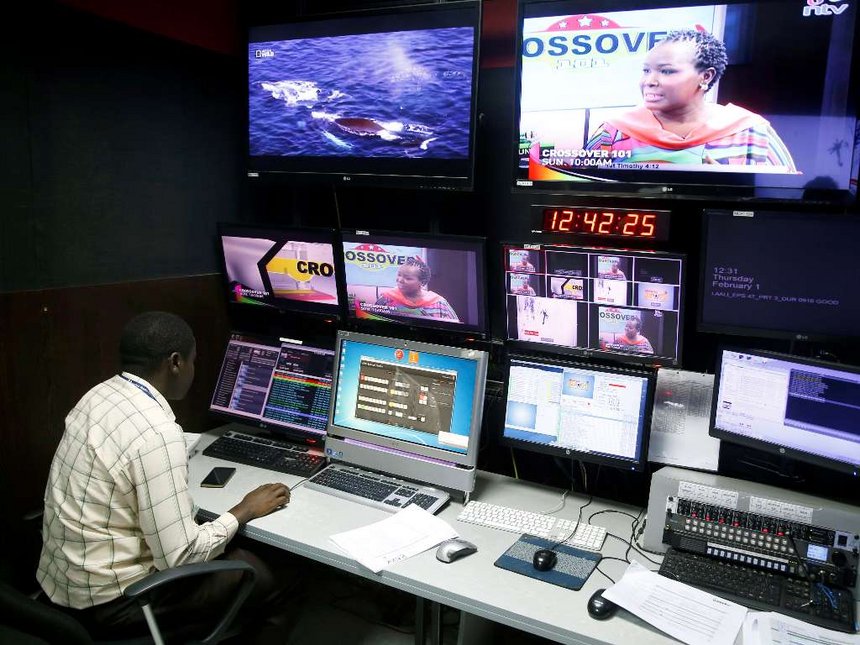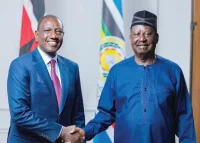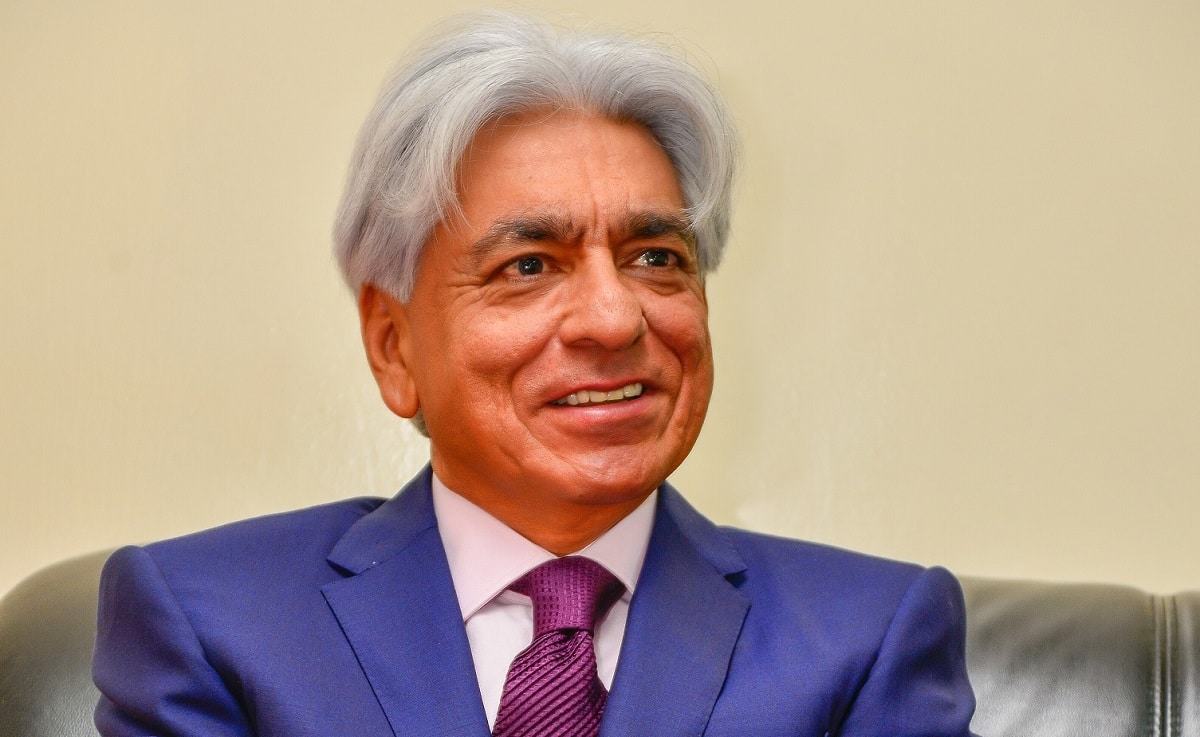[dropcap]N[/dropcap]ever since the failed fight to stop the government’s digital migration push have Kenya’s media houses ganged up for a joint mission like they did recently. This time, the five leading media houses -Nation Media Group, Standard Group, Capital Group, Radio Africa Group and Kenya Broadcasting Corporation – are spoiling for a fight with the entity charged with conducting audience surveys and ratings, which they claim has been acting “on instinct rather than using accurate data,” leading to wrong brand decisions.
Through their chief executives – Stephen Gitagama (NMG), Patrick Quarcoo (Radio Africa), Paul Gilani (KBC), Orlando Lyomu (Standard) and Somoina Kimojino (Capital Group) – the media houses cast doubts on the authenticity of the surveys and ratings by the Kenya Audience Research Firm (KARF), run by stakeholders in from various sectors including media and advertising.
Missing from the list of protesters is Royal Media Services, whose outlets have been ranked highly in various surveys, raising speculation that KARF may have tilted audience statistics in its favour. Also not protesting is Mediamax Network Ltd, which is associated with the Kenyatta family and Deputy President William Ruto.
“As key players in the industry and having invested millions of dollars in infrastructure and media content, we are extremely concerned that this poor and unreliable research data is very detrimental to our industry,” the CEOs said in a letter to KARF general manager James Thiong’o. “This specifically, as relates to the needs of our advertising clients, as well as our own product development decisions.”
As a result of the disaffection and failure to correct the situation despite presentations, including by MOA’s representative on KARF, the media houses cancelled their subscriptions 36 months ago. The CEOs added that due to failure to address the long-running concerns they had asked it to withdraw from circulation the past year results that had glaring irregularities and cease further publication of the data.
Using small sample
“We further request that KARF as currently constituted be immediately disbanded and an all inclusive process of establishing a more reliable and accurate research process and function, be commenced immediately,” the statement added.
The media houses are aggrieved that KARF has been relying on a non-representative sample as it has not been rebasing it every 24 months through a new establishment survey as is standard practice. This means the sample that has been in use is not representative of media consumption in the country.
What is more, KARF has been using the same sample for both print and electronic media yet the audience is not the same.
Read Also: CEO who was buried with a password to billions of investors money
Other grievances raised by the media houses include using a sample size of 2,800 households to represent 48 million Kenyans, which they say is not large enough and has been in use for far too long. What is more, even when the sample reduced to 1,300 households, KARF continued to rely on it without undertaking a replacement.
“A 53% reduction in sample size and without replacement renders the results unreliable. Statistically, the results for KARF audience data on Kenya is unstable, unreliable, unrepresentative and statistically questionable and should not be used for any serious planning by any corporate or advertising agency. At the very least it would need to must carry a caveat on the low confidence levels, invalidity and unreliableness of the data!”
According to the CEOs, a KARF representative admitted as much and promised to remedy the situation but did not. KARF was also accused of failing to factor in digital media as it appeared not to understand how media houses are using various platforms to disseminate content.
Another bone of contention is the decision to retain a research partner, TIFA, without industry input.
Audience ratings play a critical role in determining who gets business in the cut-throat advertising world. And with the ad spend of most corporates reducing by the year, the media houses determination to ensure it is done on merit is understandable. They are already said to have lost billions of shillings in the last three years as a result of skewed data.
Though the media houses threatened to commence the process of identifying an alternative, independent and credible industry research process after the expiry of seven days from February 1 when the letter was fired to Thiong’o, Business Today is yet to establish how far this has gone.
RELATED: TV and Radio Battling Out For Ads with Digital
But in a bid to forestall a fallout, Media Council of Kenya CEO David Omwoyo promised that an advertising code and a kitty for funding media research will be established. “The absence of a reliable and dependable audience and readership measurement system will have a negative impact on the advertising income, and subsequent sustainability of the media enterprises in the country,” Omwoyo said.
“What I know is that we have capacity and resource issues at Kenya Audience Research Foundation (KARF) to conduct a credible research. These are some of the issues that we are addressing as a media regulator,” he added during an interview with a local newspaper, brushing off suggestions some players might be playing dirty to get favourable ratings.
In one examples of how inconsistent the KARF results are, the CEOs questioned how Inooro TV, a station owned by RMS, was ranked Number 2 in Nairobi, a cosmopolitan area, in the 2nd half of 2018 and Number 7 in the adjacent Central Kenya, a pure Kikuyu market.
Self-regulation
The Media Council says it is coordinating the media industry towards the creation of a join Code for Advertising in Kenya to stipulate standards and provide a dispute resolution mechanism as well as guide on self-regulation. Omwoyo said this would also include a media diversity fund to finance credible media research especially looking into audience and readership research.
Last year, the advertising industry was projected to spend Ksh298 billion with the figure rising to Ksh387 billion by 2022, according to PwC’s Entertainment and Media Outlook: 2018–2022, An African perspective (Outlook). However, various factors, including an economy that is technically in recession and centralised government advertising, means the volumes were on the lower side.













5 Comments